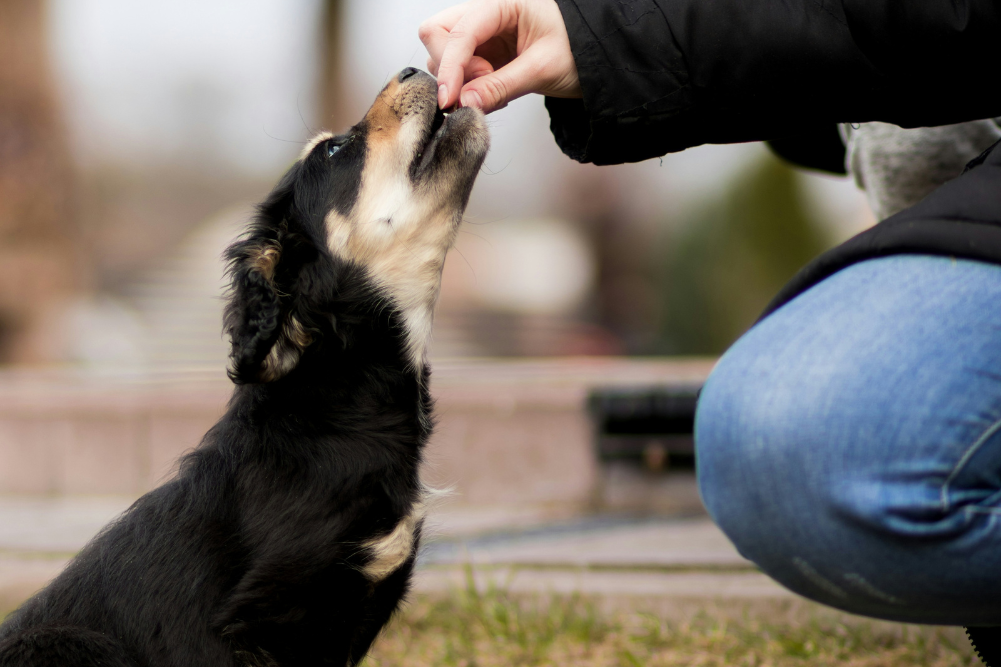Euthanasia for our pets
Should we euthanise our pets? Even after many years in regular veterinary practice and more than a decade in integrative, holistic practice, this is one of the hardest questions I have to help my clients answer, for themselves and for their pets.
The bond we share with our pets is wonderful and unique. Our pets depend on us for food and shelter, healthcare, keeping them safe, and companionship. We in turn value their company and loyalty, learn from them, exercise with them. They become an integral part of our families and our lives.
Losing your pet is like losing a member of your family — and a part of yourself. It’s harder still when faced with actually making the decision to let your beloved pet go, whether through old age or chronic disease or feeling you can no longer help your pet have the quality of life they need.
If you believe you may need to make a decision for your pet, arrange an appointment to see your vet. Discuss your pet’s health, your concerns and all treatment options. If you are still unsure, it’s OK to ask your vet to refer you to another vet or a specialist for another opinion. This is an enormous decision. It’s vital you feel you’ve made the right decision and, if you had to make it again, you would make the same one.
It may help, if you feel comfortable doing so, to speak with friends, family or even like-minded peers such as members of your dog group. Most pet owners are compassionate and many have had to make that same decision themselves.
Making the decision
With many age-related or chronic illnesses such as kidney disease, liver disease and cancer, our pets do not die peacefully in their sleep. They fade slowly, and symptoms such as nausea, pain and immobility may wax and wane. This makes it difficult to assess their quality of life.
There are a couple of tools I use in practice, which may help make the decision to let go easier. One thing I ask my clients to do is to spend five minutes of each day being objective about their pet. Have a piece of paper handy. Mark down out of 10 a score for each of the following: pain, appetite, thirst, cleanliness or hygiene, mobility, wanting to be here (connection with their family). At the end I ask them to assess each day as either a bad day or a good one.
Using a scale such as the one above (which is based on the HHHHHMM devised by Dr Alice Villalobos for assessing quality of life), owners can begin to see when their pet is having more bad days than good.
Once you’ve made the decision that it’s time, or close to time, it may help to plan. This means that when the time comes you can focus all your intent on your pet and not have to worry about practicalities. It may seem hard to do but it’s easier to discuss some things up front rather than when you’re feeling overwhelmed with grief.
When I discuss euthanasia with my clients, I ask them if they would mind if I talk them through the procedure, so they know what to expect. I explain that we often use a light sedation, to help reduce any anxiety for their pet. We then insert an intravenous catheter. The euthanasia solution is given intravenously. If we have a catheter in place, then there is no need for restraint and holding up of veins. Instead, owners can be gathered around their pet with vet and nurses in the background.
I explain that, after death, their pet may shudder and twitch and release their bladder and bowels. This is never an easy conversation but it will prevent unneeded anxiety when the time comes.
Decisions about who should be present, including whether children should be present, are all up to you. It may be possible to have your vet come to your house so your dog or cat does not have to face a trip into the surgery; for some pets and families this is the easier option. But a more predictable environment like the vet surgery may make things less stressful. Discuss this with your vet. She or he knows your pet well and will be able to advise which will be easier for both of you.
After they are gone
Try to plan for what will happen afterward. It’s never easy to think about what to do with the body of your pet while they are still alive and with you but it may be better to understand your options ahead of time so, again, you can make decisions at a time when your are not dealing with the emotion of loss or grief.
Home burials may not be practical if you live in the city. Many people will still have a home service, maybe read some prayers or just talk about their pet under a favourite tree. We usually recommend private cremation: the ashes are returned in an urn or timber casket that you choose or in a scatter box.
Grieving is natural and nothing to be ashamed of. Our pets are much loved and an integral part of our lives. Our love for them will continue, even after life has ended. Often euthanasia comes at the end of a time spent caring for our pet when sick, and so exhaustion and sadness combined can be overwhelming.
Take time out to care for yourself. If possible, have a few days away, rest, and regain perspective. If you find your feelings overwhelming, there is help.
There our counsellors who can assist with grief from pet loss. Don’t be afraid to ask your vet for help. There are some excellent websites, too; the one we refer our clients to was set up by Dr Katrina Warren after the loss of her much loved Toby (ourwonderfulpets.com).
Death is natural. It’s hard to have such a strong bond with our pets knowing that in most cases we will outlive them and experience their loss, but perhaps it’s better this way. They rely on us for care and companionship and we need to be there for them, helping them in life as well as at the end of life.
Karen Goldrick is a holistic veterinarian at All Natural Vet Care, Russell Lea, Sydney, Australia. T: +61 2 9712 5844 W: naturalvet.com.au








